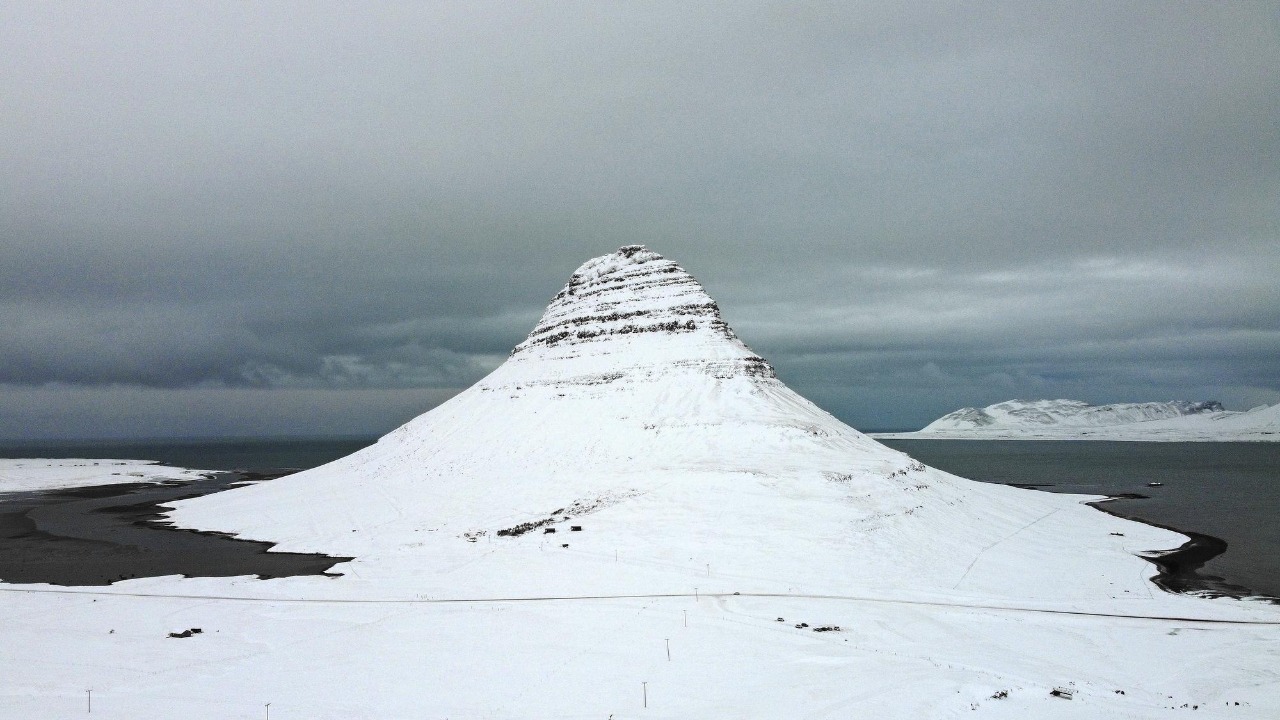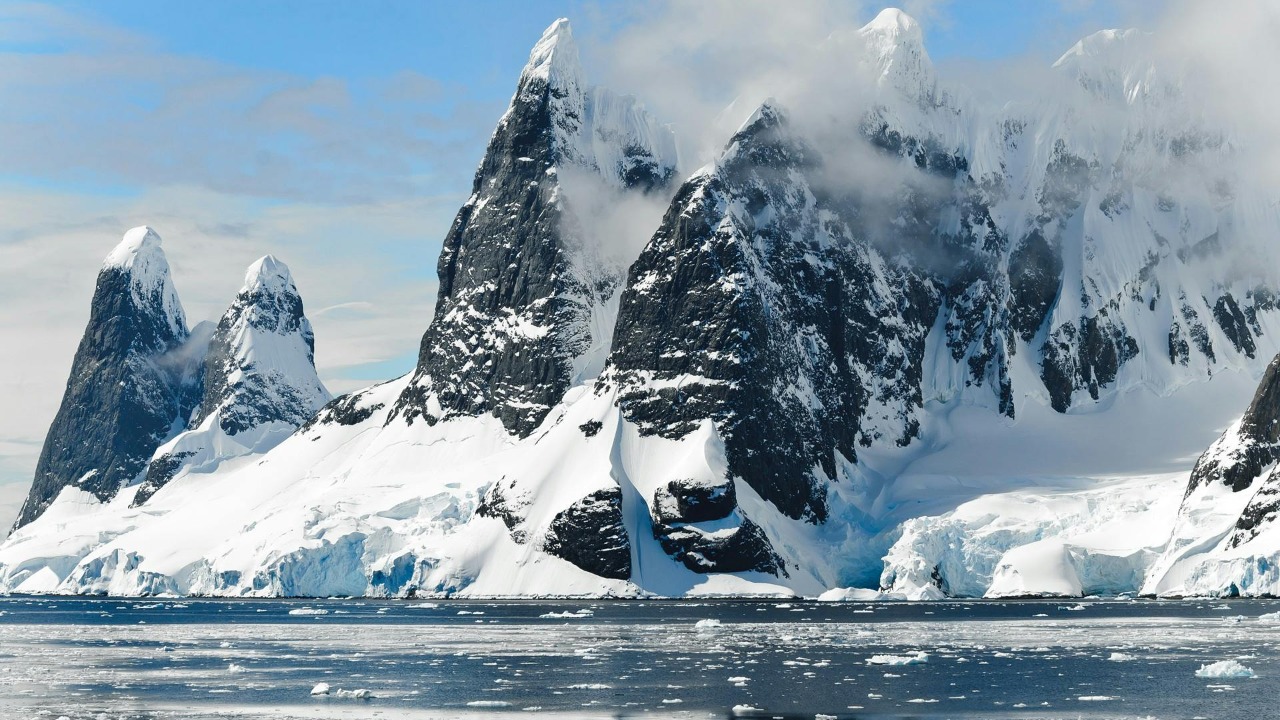
The enigmatic outline of a pyramid-like structure in the icy wilderness of Antarctica has aroused substantial curiosity and fueled countless conspiracy theories suggesting extraterrestrial involvement. In this article, we’ll delve into the roots of this conspiracy theory, examine what scientists think about it and explore the role of social media in its propagation.
Origins of the Antarctica ‘Pyramid’ Conspiracy Theory

The conspiracy theory revolves around a supposed pyramid, allegedly constructed by aliens, situated in the harsh landscapes of Antarctica. Proponents of this theory argue that the pyramid’s symmetry and precise angles are beyond natural formation, implying an intelligent design. The theory largely relies on satellite images and has been widely circulated on various online platforms, causing a stir among conspiracy theorists and skeptics alike.
In the historical context, alien-related conspiracy theories are nothing new. From the Roswell Incident to the theories about ancient astronauts, the concept of extraterrestrial beings has always been a subject of fascination and speculation. The Antarctica ‘pyramid’ theory fits right into this wider context. It continues the centuries-old tradition of attributing unexplained phenomena to the influences of advanced alien civilizations.
The Antarctica ‘Pyramid’: A Geological Perspective

The structure, deemed by many as a pyramid, can be explained by natural geological processes. Geologists suggest that the pyramid-like appearance might be the result of weathering and erosion processes acting on rock formations over millions of years.
Many scientists have dismissed the alien construction theory as nothing more than a misinterpretation of natural geological structures. They argue that the alleged pyramid is likely an example of a common geologic feature known as a nunatak – a mountain peak that protrudes through glacial or ice cover. Despite the rampant speculation, there has been no credible evidence to support the idea of an extraterrestrial-built pyramid in Antarctica.
The Role of Satellite Imagery and Digital Media

Satellite imagery has played a significant role in the emergence of the Antarctica ‘pyramid’ theory. The theory gained traction after satellite images showing a strangely symmetrical mountain in Antarctica were made publicly available. These images, interpreted by some as evidence of an alien-built pyramid, have been widely shared and discussed on various digital platforms, contributing to the popularity of the theory.
Social media and digital platforms have been instrumental in disseminating this theory. The ease of sharing information online, coupled with the allure of the unknown, has created a fertile ground for the spread of such conspiracy theories. However, this phenomenon also raises questions about the implications of unchecked information dissemination and the need for critical evaluation of online content.
Psychology Behind Conspiracy Theories

The appeal of conspiracy theories like the Antarctica ‘pyramid’ lies in their ability to provide simple explanations for complex phenomena. These theories often thrive in the absence of definitive explanations, offering intriguing alternatives that can be more satisfying to the human psyche. A study on the psychology behind conspiracy theories suggests that people are more likely to believe in them when they feel anxious or powerless.
Conspiracy theories can also have a significant impact on society and public perception of science. They can erode trust in scientific institutions and spread misinformation. For instance, the Antarctica ‘pyramid’ theory could potentially undermine the scientific consensus on geological processes and the history of human civilization.
Between Fact and Fiction

Interpreting theories like the Antarctica ‘pyramid’ requires a careful balance between curiosity and skepticism. While it is important to maintain an open mind and question established narratives, it is equally crucial to evaluate theories based on evidence and logical reasoning.
Scientific literacy plays a vital role in discerning fact from fiction in the digital age. As the Antarctica ‘pyramid’ conspiracy demonstrates, the ability to understand and evaluate scientific information is essential in preventing the spread of misinformation and fostering a more informed society.